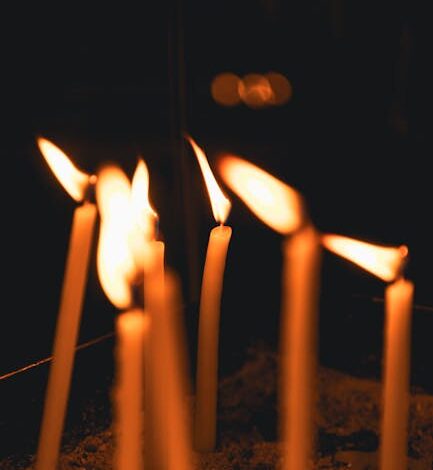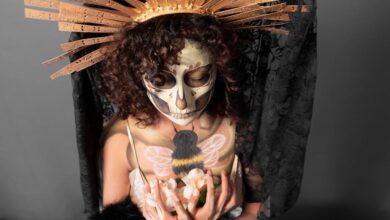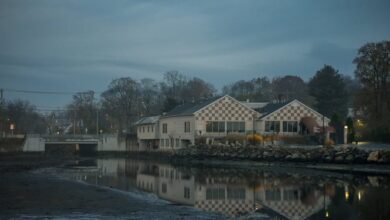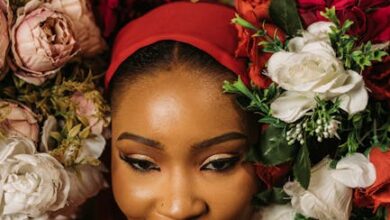Beyond the ‘Shrimp Jesus’: The Rise of Intentional AI Artistry

Remember the early days of generative AI? It felt like the digital Wild West. Our feeds were flooded with bizarre, often hilarious, images: “Shrimp Jesus,” “Ballerina Cappuccina,” and countless other delightfully nonsensical creations. It was, as many aptly dubbed it, “AI slop” – a seemingly endless churn of novelty that made the idea of serious AI art seem… well, a little absurd. What artistic merit could possibly be found amid such digital muck?
Yet, something interesting has been brewing beneath the surface. While the playful chaos continues, a new wave of creators is emerging, wielding AI tools not for a quick laugh, but with genuine consideration, intent, and artistic vision. These aren’t just tech enthusiasts dabbling; they are artists who are finding remarkable success, gaining massive online followings, selling their work at prestigious auctions, and even seeing it exhibited in galleries and museums. The conversation around AI art is shifting, moving beyond mere novelty to a deeper exploration of its potential as a legitimate creative medium.
Beyond the ‘Shrimp Jesus’: The Rise of Intentional AI Artistry
For many, the initial allure of generative AI was its sheer ability to manifest the whimsical. Type in a prompt, and presto! A visual representation of your wildest imaginings. But for serious creators, AI is evolving from a mere parlor trick into an integral part of their artistic toolkit. As musician and composer Jacob Adler, who won Runway’s AI Film Festival for his work Total Pixel Space, puts it, “Sometimes you need a camera, sometimes AI, and sometimes paint or pencil or any other medium. It’s just one tool that is added to the creator’s toolbox.”
This perspective is crucial. It reframes AI not as a replacement for human creativity, but as an extension of it. Just as a painter chooses between oils and watercolors, or a photographer selects a lens, an artist might now consider whether AI is the most effective medium to convey their vision. This intentionality is what separates the “art” from the “slop.” It’s about a deliberate choice, an understanding of the tool’s capabilities, and a clear artistic objective guiding its use.
Accessibility: A Double-Edged Brushstroke
One of the most striking features of generative AI is its unprecedented accessibility. Anyone, regardless of formal training or technical skill, can craft compelling images or videos with a few prompts. This democratizing power is a major part of its appeal, but also a significant source of contention. On one hand, it’s undeniably easy to flood platforms like Instagram and TikTok with derivative content. On the other, it opens up creative expression to millions who might have otherwise felt excluded from the art world.
Henry Daubrez, an artist whose AI-generated visuals for a Bitcoin NFT sold for a remarkable $24,000 at Sotheby’s, champions this accessibility. He’s seen how people who had long shelved their creative ambitions, or simply lacked the time to master a traditional medium, are now creating and sharing art. This isn’t just about professional artists; it’s about a broader cultural re-engagement with creativity itself.
However, accessibility doesn’t equate to instant genius. Daubrez, who identifies as an “AI-assisted artist,” is quick to point out that while prompting tools might not demand technical finesse, crafting something truly interesting and then discerning its artistic merit absolutely requires imagination and sensibility. “I think we’re getting into a new generation which is going to be driven by taste,” he remarks. This highlights a fundamental truth: the tool can generate, but the human eye and mind still evaluate, curate, and imbue meaning.
Reclaiming Control (and Relinquishing It): The Artist’s Evolving Relationship with AI
For many established artists, embracing AI isn’t about finding a shortcut; it’s about exploring new dimensions of their practice. Their relationship with these tools is often complex, involving both a degree of control and a willingness to surrender to the machine’s unpredictable outputs.
The Allure of the Imperfect and the Evolving Glitch
Beth Frey, a classically trained fine artist with over 100,000 Instagram followers for her AI art, found herself drawn to early generative AI precisely because of its imperfections. She relished the “uncanniness” – the deformed hands, the haunting depictions. These glitches weren’t errors to be fixed but unique characteristics that sparked her imagination. They offered a surreal aesthetic she couldn’t achieve with traditional methods.
Ironically, as AI models have grown more sophisticated and their “errors” have been smoothed out, Frey’s interest has waned. “The better it gets, the less interesting it is for me,” she admits. For artists like Frey, the evolving nature of AI tools means they have to “work harder to get the glitch now.” This speaks volumes about how artists often thrive on novelty, challenge, and the unexpected, even from their digital collaborators.
Collaboration and the Element of Unpredictability
Then there are artists like Kira Xonorika, whose short film Trickster is the first generative AI piece in the Denver Art Museum’s permanent collection. Xonorika, a self-described “AI-collaborative artist,” sees the inherent lack of control in AI as part of its appeal. She embraces the “element of unpredictability” that these tools offer, particularly in her exploration of themes like indigeneity and nonhuman intelligence. For her, AI isn’t just a brush; it’s a co-creator, a muse that can push her artistic boundaries and expand her initial ideas in unforeseen directions.
This willingness to collaborate with an intelligent system, to cede a degree of authorship, marks a profound shift in artistic practice. It challenges traditional notions of the singular, human creator and invites a dialogue with the machine, where the outcome is a hybrid creation born from both human intent and algorithmic serendipity.
From Digital Canvas to Gallery Walls: AI Art’s Journey to Acceptance
The journey from niche curiosity to mainstream acceptance is rarely smooth for any new art form, and AI art is no exception. Despite the impressive milestones – multi-thousand-dollar sales at Sotheby’s, permanent museum acquisitions – the perception of “AI art” and “AI slop” often remain intertwined in the public consciousness. There’s a lingering skepticism, a resistance to acknowledging AI as a legitimate artistic medium rather than just a technical gimmick.
Artists like Henry Daubrez, while grateful for the recognition, feel this pushback keenly. Pioneering a new art form, especially one facing such strong opposition, can be an emotional rollercoaster. As Daubrez eloquently puts it, “As long as it’s not really accepted that AI is just a tool like any other tool and people will do whatever they want with it—and some of it might be great, some might not be—it’s still going to be sweet [and] sour.” This sentiment encapsulates the current phase of AI art: a period of groundbreaking achievements mixed with the ongoing struggle for widespread understanding and validation.
But the tide is turning. As more discerning artists produce thoughtful, intentional, and evocative work with AI, and as institutions like Sotheby’s and the Denver Art Museum lend their imprimatur, the conversation inevitably evolves. The focus is shifting from “how was it made?” to “what does it say?” – a crucial step towards any medium’s artistic maturation.
A New Dawn for Human Creativity
So, can AI art truly transcend the realm of “slop” and reach the esteemed halls of Sotheby’s? The answer, increasingly, is a resounding yes. But it’s not the AI itself that makes it art; it’s the human behind the prompt, the artist with the vision, taste, and sensibility to guide the tool, evaluate its output, and imbue it with meaning. AI is not creating an army of “geniuses,” but it is empowering a generation driven by curiosity, experimentation, and a fresh perspective on what art can be.
This isn’t the end of human creativity; it’s a vibrant new chapter. As artists continue to explore, manipulate, and collaborate with these powerful tools, they’re not just making images; they’re pushing the boundaries of imagination, challenging our perceptions, and ultimately, reminding us that the essence of art lies not in the medium, but in the message, the intention, and the uniquely human spirit that brings it to life. The future of art, it seems, is less about a battle between human and machine, and more about a beautiful, unpredictable collaboration.





